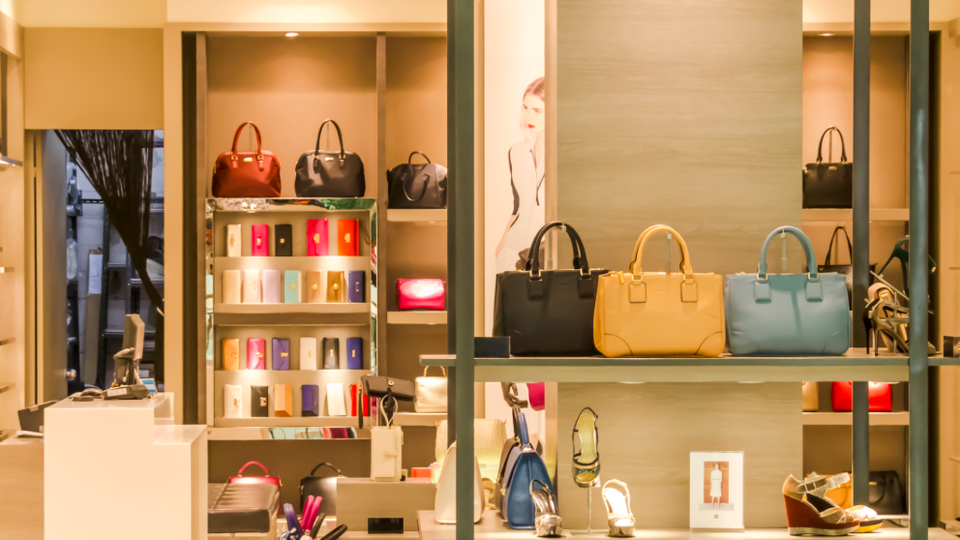New consumers, new business models and changes in the retail space are all helping to reshape the state of the e-commerce within the luxury industry, according to DLG’s (Digital Luxury Group) Chief Executive and Founder David Sadigh.

New consumers, new business models and changes in the retail space are all helping to reshape the state of the e-commerce within the luxury industry, according to DLG’s (Digital Luxury Group) Chief Executive and Founder David Sadigh.
The rapidly changing landscape of e-commerce has resulted in new business models, new consumers and new retail concepts, helping to reshape the luxury industry, which over the past few years has seen a large push from brands and companies to adjust their digital strategies in a bid to reconnect with their customers.
In Europe, luxury conglomerates like LVMH, Kering and Richemont have taken back control of their e-commerce operations, as part of a wider strategy to directly connect with their customers, marking a significant shift in their thinking and approach to digital.
LVMH, launched its own multi-brand website 24S.com two years ago, Kering took back full control of its e-commerce operations and Richemont completed a takeover of luxury e-tailer Yoox-Net-a-Porter for €2.8 billion ($3.1 billion) in 2018.
“Obviously the aim was to create a direct link between LVMH brands and its consumers, on top of an existing physical store, the historical Le Bon Marché in Paris,” said Sadigh. “Kering is extremely important because they used to work closely (with) Yoox-Net-a-Porter. That was a long lasting relationship that they decided to stop by the end of last year, bringing back, internally once again and really trying to have control over their own brands.”
Pure players like Farfetch and Yoox-Net-A-Porter are part of the reason why the market is changing so rapidly, noted Sadigh, thanks to their pioneering new business models, which help drive brand visibility and revenues in the online market. But a bigger e-commerce battle is happening in China.
“We all know how important the Chinese market is, representing 30 percent of the overall luxury spend and what is happening in China is quite amazing,” said Sadigh.
Chinese pure players like Alibaba and JD.com, who showcase a wealth of knowledge across retail to provide a seamless online and offline customer experience, are now looking to gain more traction in the luxury market with dedicated platforms. Alibaba with its Tmall Luxury Pavilion and JD.com with its white glove service. “Those two players are really battling and trying to get as much market share as possible within the booming Chinese middle class and the luxury consumers,” said Sadigh.
As a result, Chinese pure players are teaming up with more established luxury retailers in the West to combine their expertise and knowledge as the battle heats up in China, said Sadigh. Farfetch recently announced plans to merge its Chinese business with JD.com’s Top life, launching what it calls the ‘Premier Luxury Gateway to China.”
Richemont signed a joint-venture with Alibaba to bring its Net-a-Porter and Mr Porter brands to Chinese consumers and LVMH has agreed to sell some of its brands in the luxury section of Tmall, Alibaba’s multi-brand e-commerce site, demonstrating a more open attitude towards collaborating with Chinese players, something it was previously hesitant to do.
“That’s probably the dream of all the Western companies, being able to tap into the promising Chinese market,” he added.
Watch the full episode of Reshaping Luxury here, a new production focused on the ever-changing landscape of the luxury industry. Aimed at providing insight, analysis and interviews with leading experts and executives in the market, Reshaping Luxury is a co-production between CNNMoney Switzerland and DLG.
Cover image. Gucci, LVMH and Chloe. Photo: Courtesy.










